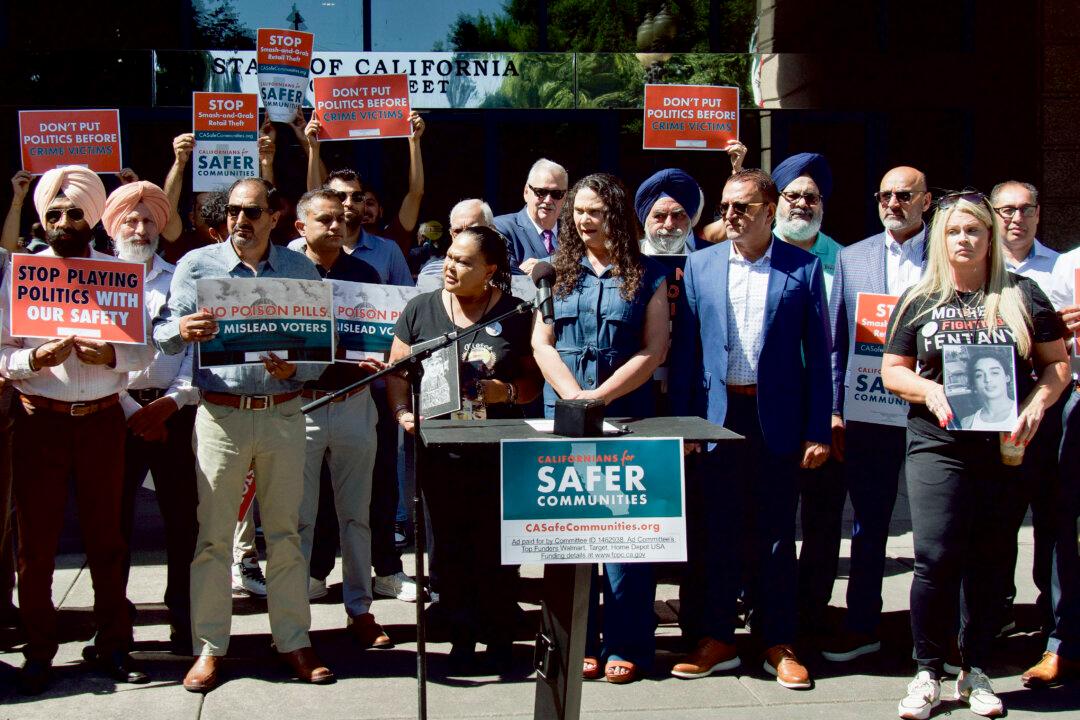Approximately 71 percent of likely voters in California support Proposition 36, the citizens’ initiative that would repeal some criminal justice reforms enacted by voters a decade ago, according to a survey released on Sept. 19 by the nonpartisan Public Policy Institute of California (PPIC).
Prop. 36—known as the Homelessness, Drug Addiction, and Theft Reduction Act—would increase penalties for repeat offenders of some drug and theft crimes.





